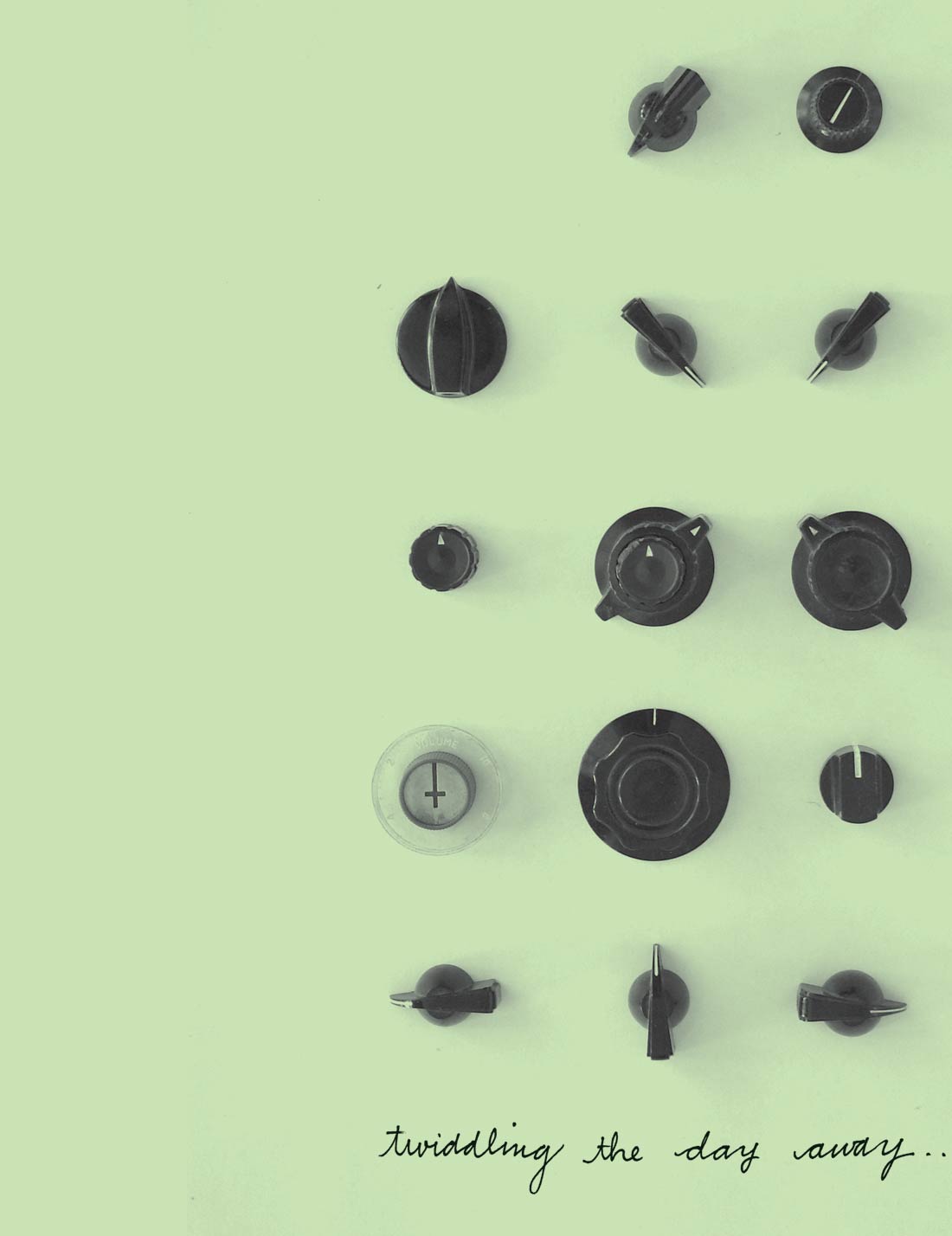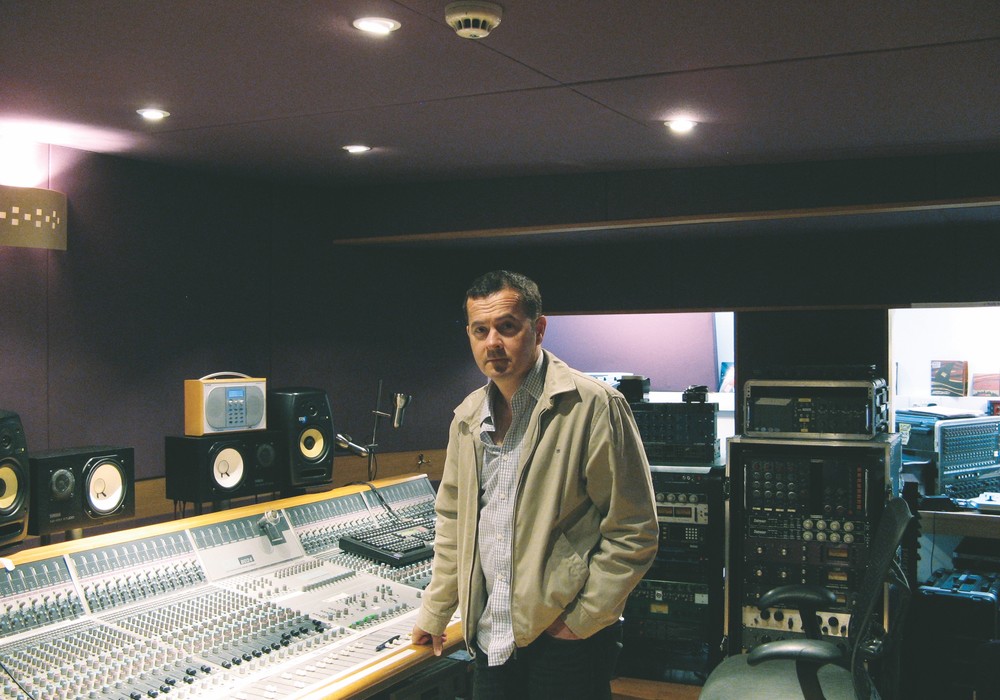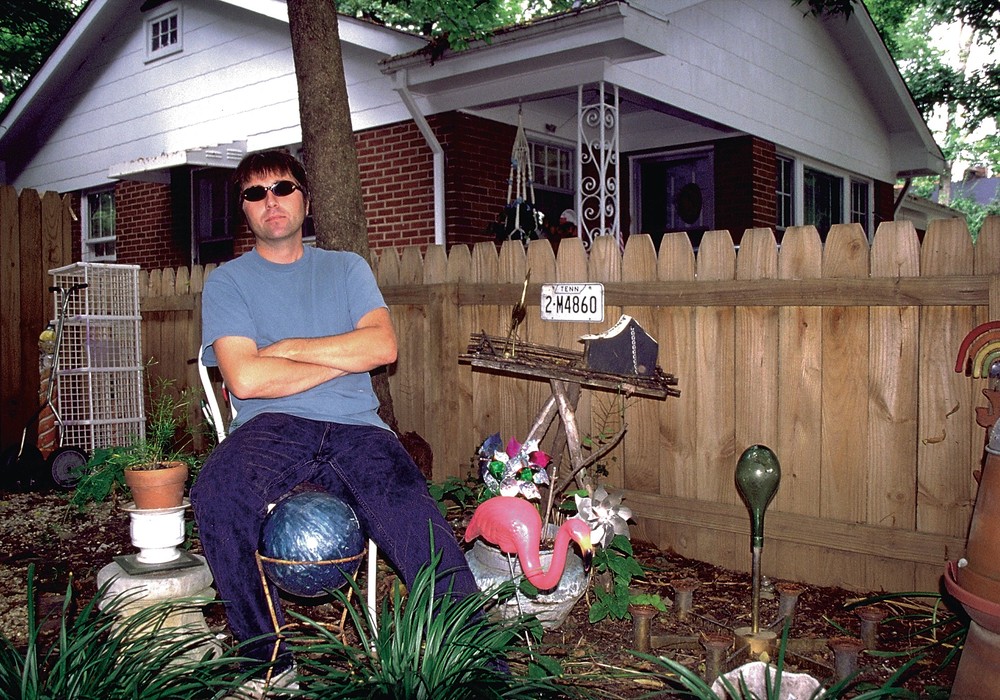This article is based on problems I've encountered repeatedly when mixing peoples' home-recorded tracks. It may seem full of some super-obvious stuff to some of us, but these things come up over and over again and could have easily been headed off at the pass, even by a first-time recordist.
1. Use (beg, borrow) the best cymbals you can. Programs such as Drumagog can fix bad drum sounds somewhat later on, but crappy cymbals are not going to improve much in a mix.
2. . If you can hear the air conditioner your mic probably can too. So shut it off while you are recording. (Then be sure to pay attention to the effect a change in temperature might have on your tuning, of course.) This goes double for the dishwasher!
3.Intonate that bass guitar before the session! (And all guitars.) If the bass is out, even on one string, everything higher is going to get wonky as you overdub, singers included. Your local guitar store can do this for cheap if you aren't sure about which way to turn those little screws on the bridge. Keep a tuner inline with all guitars, and ask everybody to retune after every take if there's time. You might need to check to see that all the different tuners agree, as well — there can be a lot of discrepancy between equipment.
4.If you are recording a vocal in a bedroom or other untreated room with a directional mic, try to make the space behind the singer's head acoustically absorbent. Even if you don't have panels up, at least keep away from windows or mirrors.
5.Walk around your recording room with an instrument (acoustic guitar, upright bass, kick drum), playing it and listening to where it sounds the best. If it sounds good to you there, the mic will probably agree. Speakers and mics are only part of the equation — where they are in a room is a huge part of the sound. Generally avoid mic'ing the center of the room, and also avoid putting the mic exactly halfway between the floor and the ceiling.
6.Sing straight into the mic (from a reasonable distance of a few inches, depending on the mic) if you want a realistic vocal sound with presence, liveliness, and authority. If you set the mic up correctly at mouth or nose level, but then tilt your neck back and sing at the ceiling, or perhaps bend your knees and dance around looking up at it from below, you are going to sound like you have a towel over your head on playback, and no amount of EQ will find the sparkle that isn't there. Mics are amazing devices, but they are not omniscient.
7.Consider using a pop filter with a singer to counter plosives. The metal ones are higher-priced but will let more of the higher "presence" frequencies through.
8.Warm up your vocal chords for 15 minutes (at least) before you approach the mic to sing. If nothing else, find a quiet corner, hum a low (but not super low) note for five minutes, then sing an old song you know well that's not very high — don't push the envelope before you are ready. Drinking enough water (not caffeine) is also essential, but remember: it takes at least 20 minutes before this has any effect. (The liquid goes into your stomach, not onto your vocal chords!) Warming up before you hit record will let you have a chance to be swept away by that old first-take magic.
9.If you record the bass (or other acoustic instruments) with a mic and also a DI, don't bounce them together onto one track. It takes time for sound to travel through the air but sound down a wire is almost instantaneous — the waves cancel out at various frequencies when combined. You or your mix engineer can later zoom in on both tracks and try to figure out the number of samples the mic is late, and then adjust this so that the "phasey" sound goes away when they are combined and the instrument comes into focus.
10. If you are using a click with acoustic instruments, remember to record...








